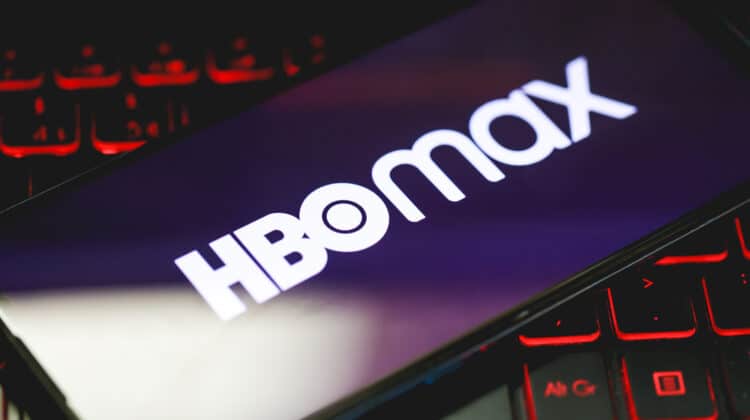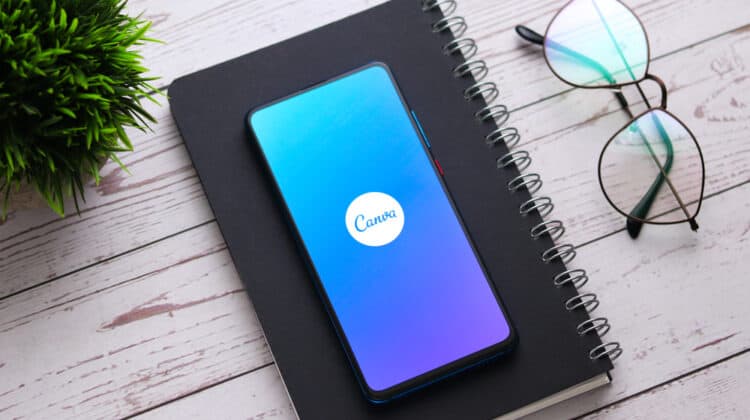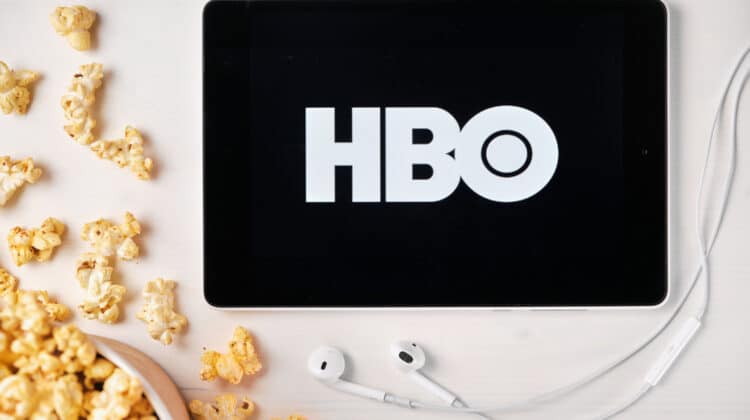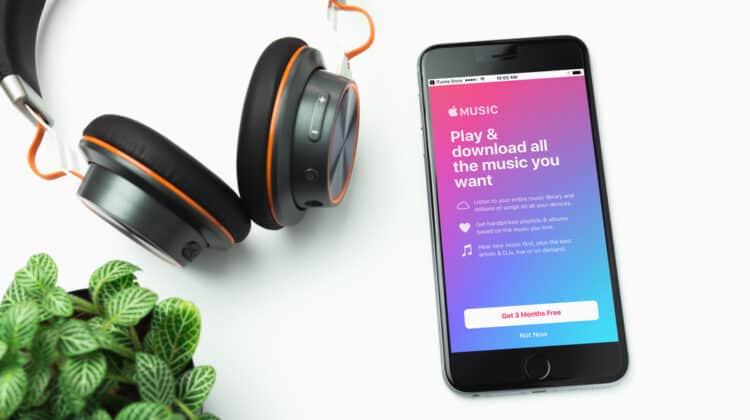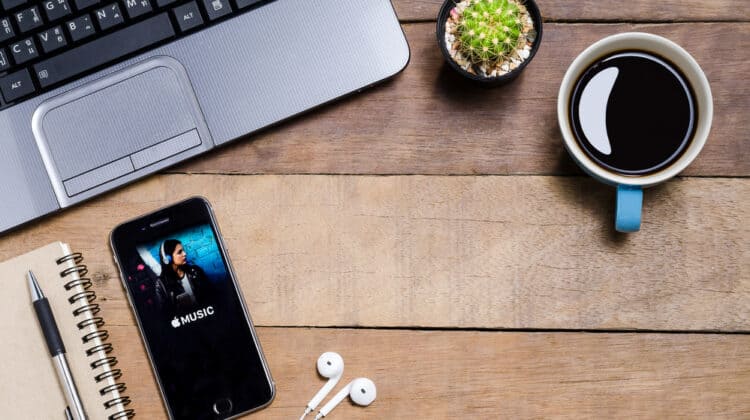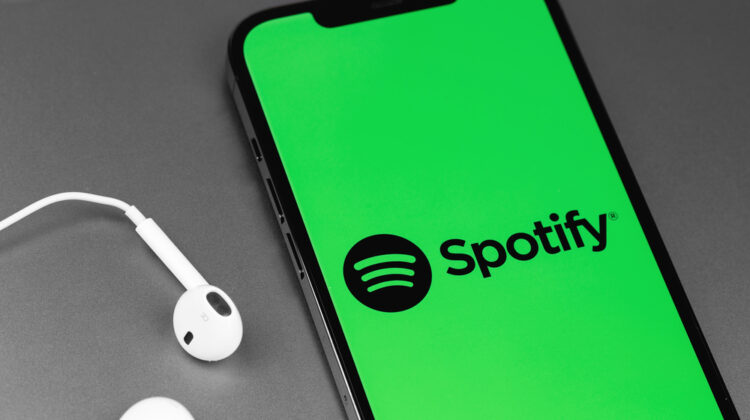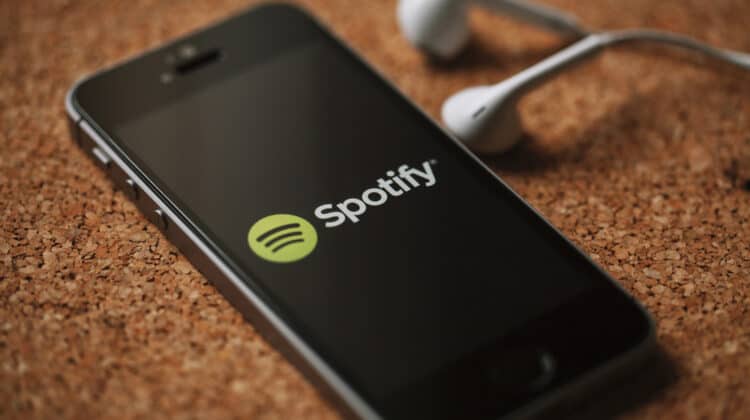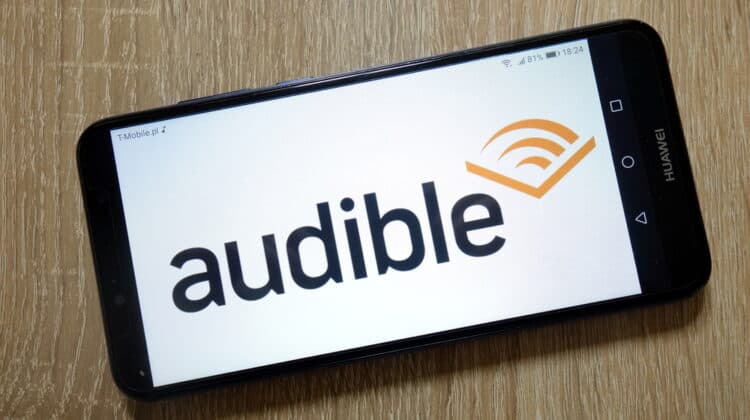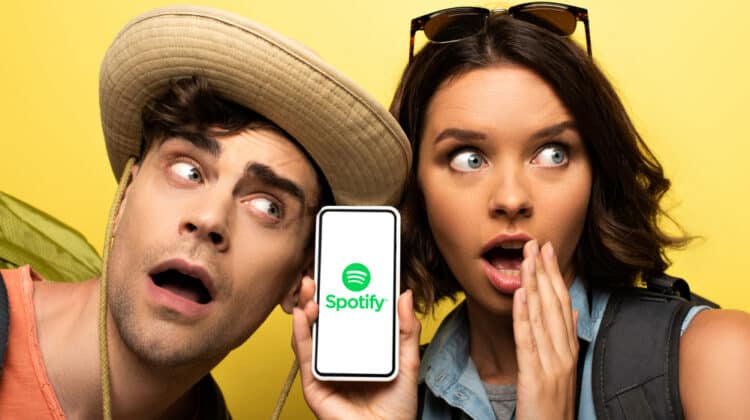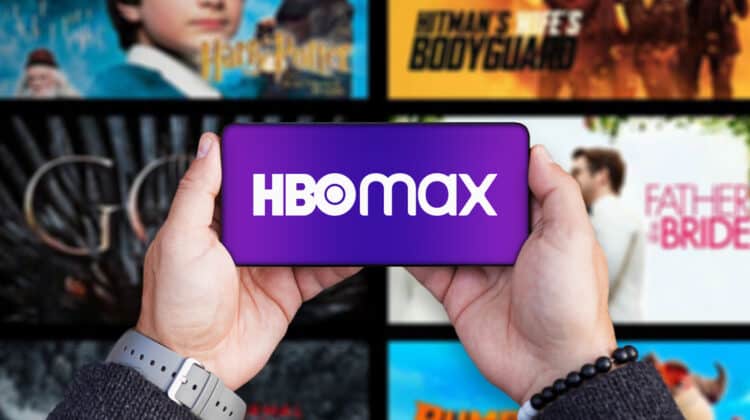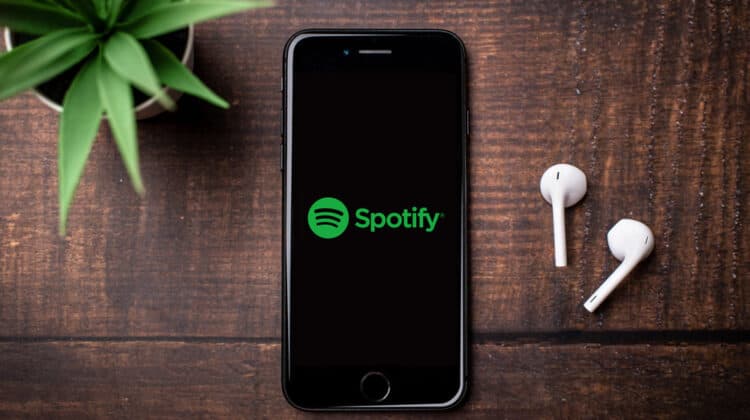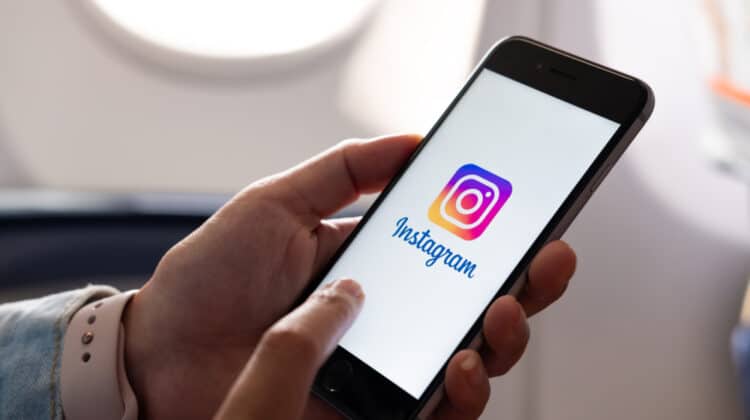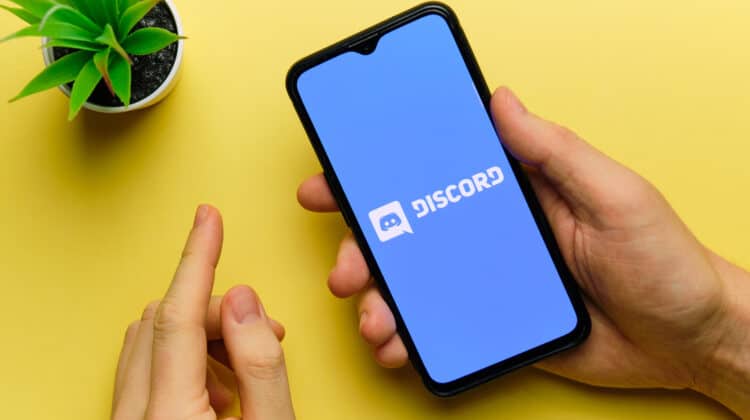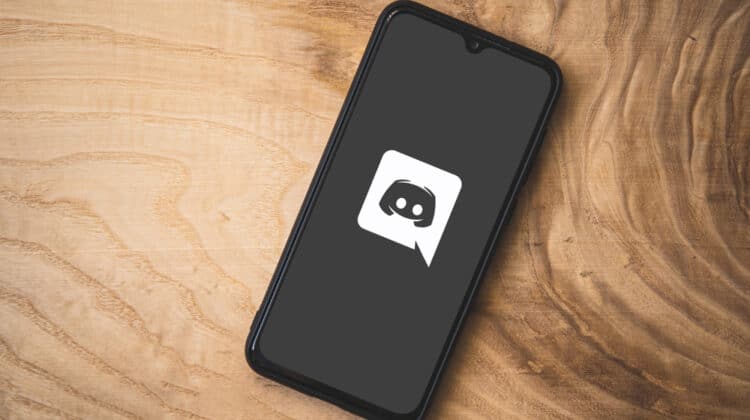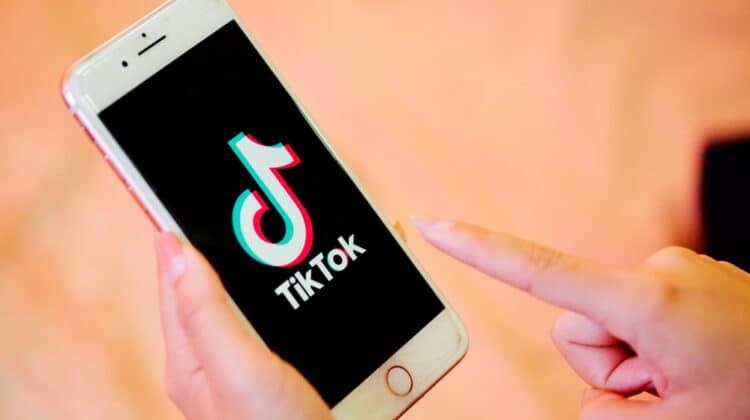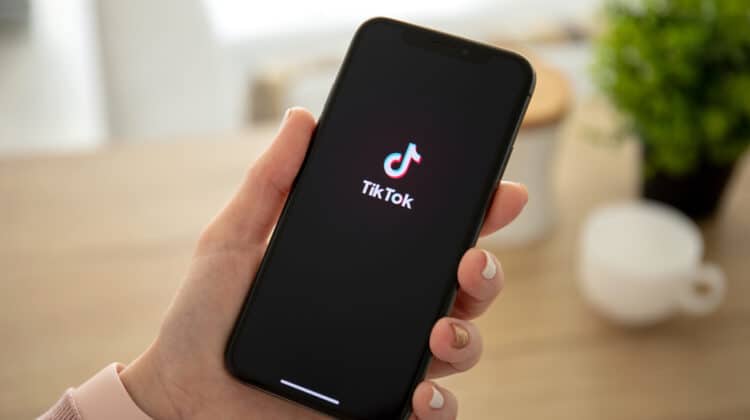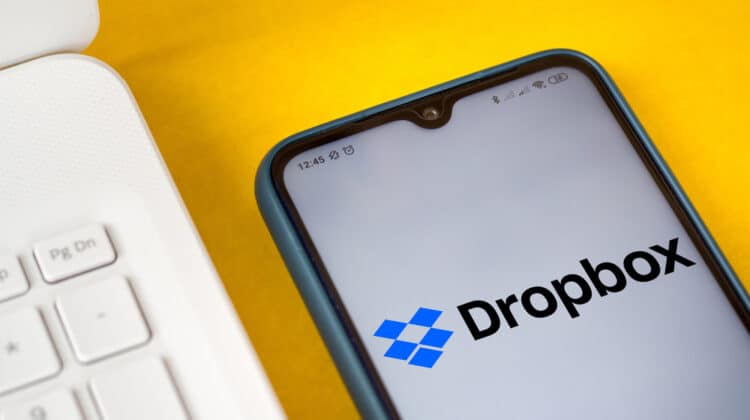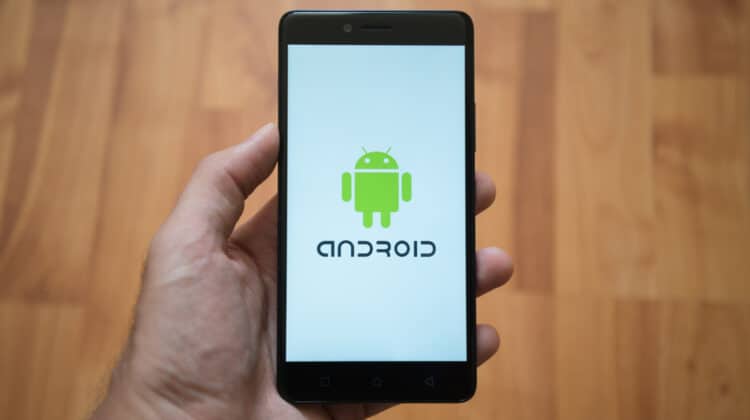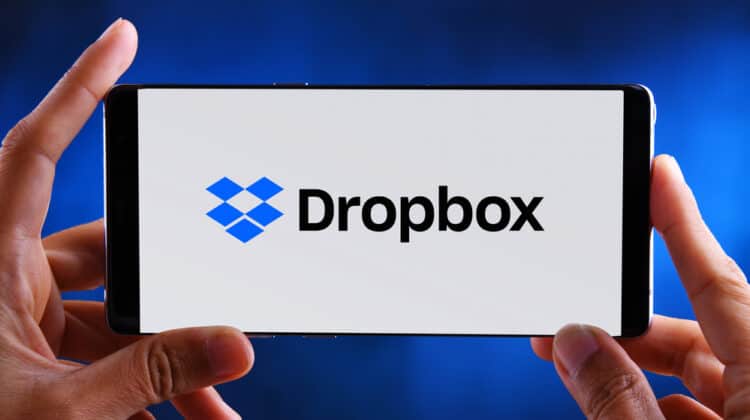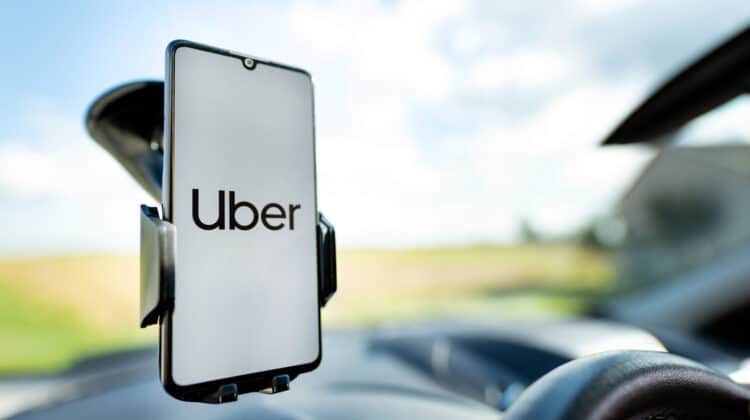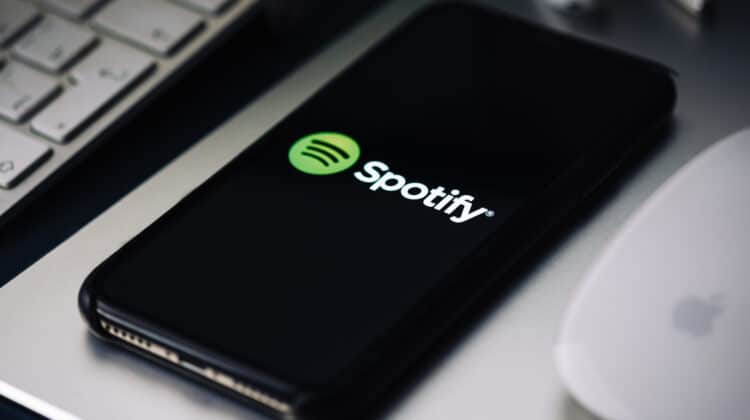
If you find yourself suspended from Twitter, you might be left wondering what happened.
Unsure why your account is locked?
Read on.
In this article, we’ll list the most common reasons the social media giant deactivates accounts on its platform.
How To Discover The Rationale Behind Your Suspension

The easiest way to find out why your account is suspended is by signing in to Twitter.com or by opening up the app on a mobile device.
In the past, users who were suspended might not know they were suspended until trying to compose a tweet.
Now, Twitter is testing out banners that show your account is suspended.
Nevertheless, these notices often give you only a boilerplate message notifying you that your account broke Twitter’s rules, but not specifically which rule you broke.
If that’s the scenario in which you find yourself, check your email.
Twitter will send an email to the address associated with your account to notify you that your account is disabled.
These emails often have more useful information, listing which Twitter rule you broke.
If you can’t find any specific communication from Twitter, it can be helpful to review possible scenarios to discover why your account was locked or deactivated.
How do you get suspended from Twitter?
In short, it’s by violating the social media company’s regulations.
As the company states on its website, “We may suspend accounts that violate the Twitter Rules.”
Clear as mud, right?
Unfortunately, Twitter has so many rules, it can be difficult to narrow down exactly which one your account violated.
Below, we’ll list the twenty-four most common scenarios leading to account suspensions.
Why Is My Twitter Account Suspended? (24 Potential Reasons)

Twitter has two types of suspensions.
The first is temporary, also known as a “Locked” account.
Locked accounts are set to read-only mode for a certain amount of time, ranging from 12 hours to a week before automatically returning to normal.
Some locked accounts require specific actions such as removing profile information before reinstatement.
During this period, users are unable to tweet, retweet, or follow new people.
The second type is a permanent suspension in which the account is deactivated forever.
Unless the violation is egregious, Twitter often will give warnings of bad behavior—including account locks—before suspending the account forever.
While there is an appeals process, unfortunately, suspended users—whether permanent or temporary—are at the mercy of Twitter for reinstatement.
With that said, let’s examine twenty-four potential reasons your account might be suspended.
1. Spam

Twitter says that spammy accounts comprise the majority of its suspensions, so make sure you’re familiar with the rules on spam.
Tweeting the same thing over and over again is against the company’s policies.
Spam rules can also apply to direct messages (DMs), so accounts that send a high volume of unsolicited messages can be subject to suspension, too.
In a similar vein, Twitter’s rules prohibit “posting and deleting the same content repeatedly.”
It’s okay to promote your product or service, but don’t only tweet about the same thing in the same manner.
In addition, you can’t send bulk mentions to drum up clicks or purchases.
Tweeting links to other sites without commentary is also frowned upon by Twitter.
It’s okay to do so occasionally, but if straight link-posting is your only activity, your account might get suspended.
2. Platform Manipulation

Any type of misuse of the platform intended to artificially inflate reach, clicks, or follower count is considered platform manipulation.
This includes a wide variety of activities such as:
Follower churn.
You can’t mass follow and unfollow other Twitter users to boost your follower count, especially if you’re using some kind of automated process.
Regardless of the number of unfollows, you can’t follow a large number of accounts in a short period.
What is the limit?
Unverified accounts can follow 400 users per day, while verified accounts (those with the blue checkmark) can follow 1,000 users each day.
Multiple accounts.
Having a second account solely to retweet or promote your primary account is another violation of the rules.
Hashtag abuse.
Are you attempting to hijack popular hashtags to get more followers or draw more attention to your product?
Don’t try it unless your content is relevant to the subject.
Chiming in on viral topics is perfectly fine.
Trying to draw attention to yourself by exploiting the system is not.
In addition, tweets with an excessive number of hashtags might be flagged as well.
3. Linking To Unsafe Websites

Universal Resource Locators (URLs) in tweets are acceptable in moderation but not if the links attempt to deceive others regarding where those links go (think Rick Roll).
One of the fastest ways to get suspended is by linking to malware or other pernicious websites.
4. Abusive Tweets Or Behavior

Unfortunately, this category is broad.
Because of so many bad actors, Twitter has a rule for just about every type of threat or harassment you can think of.
Essentially, this is an anti-bullying rule.
Those who violate these rules are more likely than not to face a suspension of their account.
You could probably come up with most of the items on this list on your own, but here are some specifics.
First is the prohibition against violent intimidation.
You cannot threaten to harm people or a group of people, even if you’re joking.
Doing so can lead to immediate and permanent suspension.
Similarly, one cannot wish or pray that harm would befall others.
Another form of abuse is unsolicited sexual advances.
You cannot objectify others without their consent, and you cannot solicit sex or send unwanted pornographic materials as a DM or mention.
Last, you cannot harass or encourage others to harass someone for any reason.
5. Denying The Holocaust

You may have heard that it’s a crime in Germany to deny the holocaust, but did you know doing the same can get you suspended on Twitter?
The same goes for denying any type of tragedy or mass casualty events like natural disasters or terrorist attacks.
6. Posting Sensitive Media

What constitutes sensitive media?
Graphic violence is one thing.
Sexual violence is another.
The platform does not tolerate media depicting either type for any reason, and those who post such things will find their accounts suspended.
Another type of sensitive media is any adult content, such as pornography, in live video or headers.
Pornography itself is allowed on the platform, but not on one’s profile or on a live stream, and the Twitter account must be marked as containing sensitive material—which leads us to the next item.
7. Failing To Mark Your Tweets As Containing Sensitive Material

If you post adult content, you need to set your account accordingly so that other users are not exposed to material they don’t want to see.
To do so, log in to your Twitter account, and in Settings look for “Privacy and Safety” and then “Your Tweets.”
Check the box to mark your tweets as containing sensitive material.
If you fail to check this box but you do post delicate content on Twitter, your account might become locked.
Twitter will probably first mark individual tweets as sensitive, and the company might even set your account to sensitive for you.
Unfortunately, it’s not possible to mark individual tweets as containing adult content.
It’s all or nothing.
Think of your account like an album with an explicit rating.
One song can earn the classification for the entire thing.
This can be a gotcha because you don’t have to post nude pictures for your tweets to be considered sensitive.
Certain profanities in the right context can be flagged as adult.
The best advice is to mark your account as sensitive if you wouldn’t want a 12-year-old to read your tweets.
8. COVID-19 Misinformation

Let’s address the elephant in the room.
Spreading misinformation about COVID-19 (or any medical issues, for that matter) can lead to account suspension.
Twitter handed a permanent suspension to US Congresswoman Marjorie Taylor Greene’s personal account because of “repeated violations” of its medical misinformation policy.
What constitutes misinformation?
Without wading into the pool of politics, it is worth noting that Twitter, as an enterprise, has the right to set its own policies.
As a result, the rules could be totally arbitrary and still enforceable.
That said, you can read Twitter’s medical misinformation policy here.
In brief, the company’s policy intends to curb conspiracy theories, rumors, and false narratives which could put the public at risk.
9. Automation Practices

Not all automation is prohibited, but any automated tasks that violate Twitter’s rules can lead to account suspension.
The most common violations that occur in conjunction with automation are spam and platform manipulation.
Before connecting any third-party applications to your Twitter account, make sure the tools don’t violate these rules.
Ultimately, you are responsible for the effects of your account’s activity.
10. Glorification Of Violence

We already discussed threats of violence and the depiction of graphic violence.
The glorification of violence is also prohibited.
11. Promoting Terrorism Or Violent Extremism

Any content that promotes or condones terrorism or other forms of violent extremism is a violation of Twitter rules.
This includes recruiting for terrorist organizations or using their logos for promotion or indicating affiliation.
12. Child Sexual Exploitation

This should be obvious, and Twitter says child exploitation is one of its most egregious rule violations.
Forget about the Twitter account as this kind of behavior will have major legal ramifications, too.
13. Hateful Conduct

Another surefire way to find your account suspended is by engaging in what Twitter calls “hateful conduct.”
Specifically, this type of behavior is like the abusive behavior policy above but targeted to a particular group of people based on race, gender, religion, or other identifiers.
14. Tweeting About Suicide Or Self-Harm

You cannot glorify, promote, encourage, or assist with suicide or self-harm.
This includes eating disorders, cutting, and any number of destructive behaviors.
You can talk about experiences you’ve had in the past—how you’ve coped with or overcame self-harm thoughts and behaviors—but you can’t discuss specific techniques as this might accidentally encourage others to do the same.
15. Illegal Or Regulated Goods And Services

Twitter will suspend accounts promoting illegal activity.
Attempting to buy or sell prohibited goods or services through Twitter’s platform is one example of a violation of these rules.
These are things like drugs, sexual services, weapons, and stolen and counterfeit goods.
16. Doxing

Giving out personal information of other people without consent (also known as “doxing”) is strictly prohibited.
Phone numbers, addresses, and Social Security numbers among other items fall into this category.
In addition, you cannot threaten to reveal personal information either.
While we’re mentioning it, please don’t dox yourself either!
17. Non-Consensual Nudity (Revenge Porn)

Accounts that tweet photos or videos of an adult nature without the consent of the person depicted are in danger of suspension.
Also known as revenge porn, you cannot post intimate material as a way to embarrass, shame, or get back at someone.
As with the vast majority of the violations in this article, this policy applies to retweets, so even if the content doesn’t originate from your account, you cannot proliferate the offending media.
You can read the full list of prohibited material here, but basically, if it’s apparent the subject doesn’t know he or she is being recorded, then the content is not allowed.
18. Disrupting Civic Integrity

Twitter also forbids any type of tweeting, direct messaging, or following techniques that attempt to interfere with or manipulate elections.
An example of a violation of this policy is tweeting false information about voting locations or poll closure times to mislead the public.
19. Impersonation

Twitter accounts cannot pretend to represent another person or organization.
You are allowed to create parody accounts, but it must be obvious that the impersonation is for comedic purposes.
Attempting to mislead others through impersonation is an efficient way to find your account suspended.
20. Synthetic And Manipulated Media

Also known as misleading media, this violation involves altering video, audio, or photographs to distort facts or the context of a situation.
This includes things like deep fakes which purport to represent real people or heavily edited video that appears to make people say things they did not say.
21. Copyright And Trademark Violations

As with most social media platforms, violating a copyright or trademark is a matter Twitter takes seriously.
Not only is such activity illegal, but stealing and republishing content will get your account banned.
Note that not all use of copyrighted material equates to a violation because of fair use laws, but Twitter will investigate all Digital Millennium Copyright Act (DMCA) takedown requests.
22. Third Party Advertising In Video Content

Twitter has its own advertising platform and therefore prohibits third-party sponsored content.
What does this look like?
Imagine a company offering a Twitter user with a large following payment in exchange for tweeting an advertising video for the company’s product or service.
If someone approaches you with this type of arrangement, decline.
It’s not worth a suspension of your account.
23. Someone Reported Your Account

Twitter has algorithms and content moderators, but another way it identifies offending accounts is by allowing other users an easy avenue for reporting inappropriate content.
While this approach has merits, one downside is that coordinated accounts can mass report a tweet or account.
Nevertheless, all it takes is one report that Twitter deems valid to lead to a suspension—either permanent or temporary.
There’s not really a good way to know if you’ve been reported, but keep in mind that this is always a possibility.
24. Account Security At Risk

Maybe you’re confident you haven’t violated any of these rules, but you still find yourself suspended.
It’s possible you’ve been hacked.
If your account has been taken hostage or is otherwise compromised, Twitter may suspend it until you can regain access and change your password.
How does Twitter know if someone has hacked the account?
It looks for suspicious behavior such as logins from IP addresses in a part of the world from which you’ve never logged in or multiple sign-ins from different locations around the globe.
In addition, spam, pornographic tweets, mass followings, or retweets can all be signs of a compromised account—besides violating Twitter rules on their own merits.
Conclusion
As you can see, Twitter has an extensive list of rules to curb certain behaviors on its platform.
This list isn’t comprehensive.
Most of these rules are common sense, but it’s helpful to familiarize yourself with them so you can know why your account might be suspended, or better yet, to avoid suspension in the first place.
NEXT: What Is Considered Viral On TikTok? (Explained)


